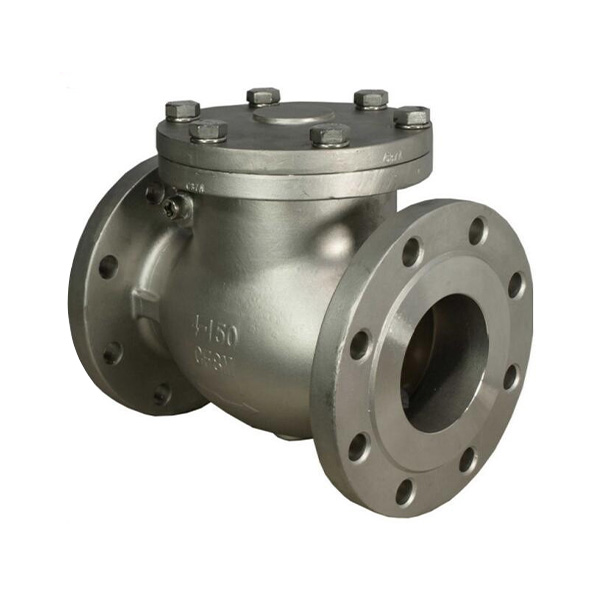Mobile:+86-311-808-126-83
Email:info@ydcastings.com
Understanding the Role of Turbine Housings in Turbocharger Performance and Design
The Role of Turbine Housing in Turbochargers
Turbochargers have become a pivotal component in the automotive and aerospace industries, enhancing engine efficiency and performance. At the heart of this technology lies the turbine housing, a critical part that dictates how effectively a turbocharger operates. Understanding the design, function, and significance of turbine housing is essential for both manufacturers and enthusiasts.
What is Turbine Housing?
The turbine housing is the enclosure that surrounds the turbine wheel and guides the exhaust gases flowing from the engine into the turbocharger. It is typically made from high-grade cast iron or stainless steel to withstand the extreme temperatures and pressures generated during operation. The housing plays a vital role in converting the energy of exhaust gases into usable mechanical energy, thereby boosting engine performance.
Design Considerations
The design of turbine housing is crucial for the efficiency and responsiveness of a turbocharger. Key factors include size, shape, and geometry. The housing must be sized appropriately to match the engine's exhaust output; too large could lag in response, while too small could lead to excessive back pressure.
The shape of the turbine housing affects the flow characteristics of the exhaust gases. Designers carefully engineer the inlet and outlet passages to minimize turbulence and maximize the volume of gas entering the turbine. Streamlined designs enhance flow, allowing for better turbocharger performance and quicker spool-up times, which refers to how quickly the turbo begins to deliver boost pressure.
turbine housing in turbocharger

Impact on Performance
The performance of a turbocharged engine can greatly depend on the turbine housing's design. A well-optimized housing can significantly improve engine responsiveness and acceleration. For instance, a smaller A/R (area-to-radius) ratio in the turbine housing can result in quicker spool-up and better low-end torque but may limit maximum power output at higher RPMs. Conversely, a larger A/R ratio allows for higher power outputs at the cost of slower response times.
Manufacturers often provide different turbine housing options for their turbochargers, allowing tuners and engine builders to select an appropriate configuration for their specific application, whether it be for street performance, racing, or heavy-duty applications.
Thermal Management
Thermal management is another critical aspect of turbine housing design. The turbocharger operates in an environment where temperatures can reach extreme levels, especially in the turbine section. The materials used and the design of the housing must effectively dissipate heat to prevent damage to the turbine and surrounding components. Advanced coatings and insulation techniques are often employed to enhance heat resistance and minimize thermal energy loss.
Conclusion
In summary, the turbine housing is a complex and integral component of turbochargers that affects engine performance, efficiency, and durability. Its design must balance several factors, including size, shape, and materials, to optimize exhaust gas flow and thermal management. For automotive enthusiasts and industry professionals alike, understanding the role of turbine housing is crucial in maximizing the benefits of turbocharging technology. Whether it's for achieving faster lap times on a racetrack or for improving daily driving performance, the right turbine housing can make all the difference. As turbocharging technology continues to evolve, the importance of innovation in turbine housing design remains paramount in the quest for improved engine performance.
-
Valve Body Acts as the “Heart” of Flow ControlNewsMay.19,2025
-
Understanding the Importance of ImpellersNewsMay.19,2025
-
Importance of Automobile Water PumpsNewsMay.19,2025
-
How an Engine Oil Pan Works to Keep Your Car LubricatedNewsMay.19,2025
-
Common Materials Used in Pump Impeller ManufacturingNewsMay.19,2025
-
Ball Valve Casting in Modern Pipeline SystemsNewsMay.19,2025











